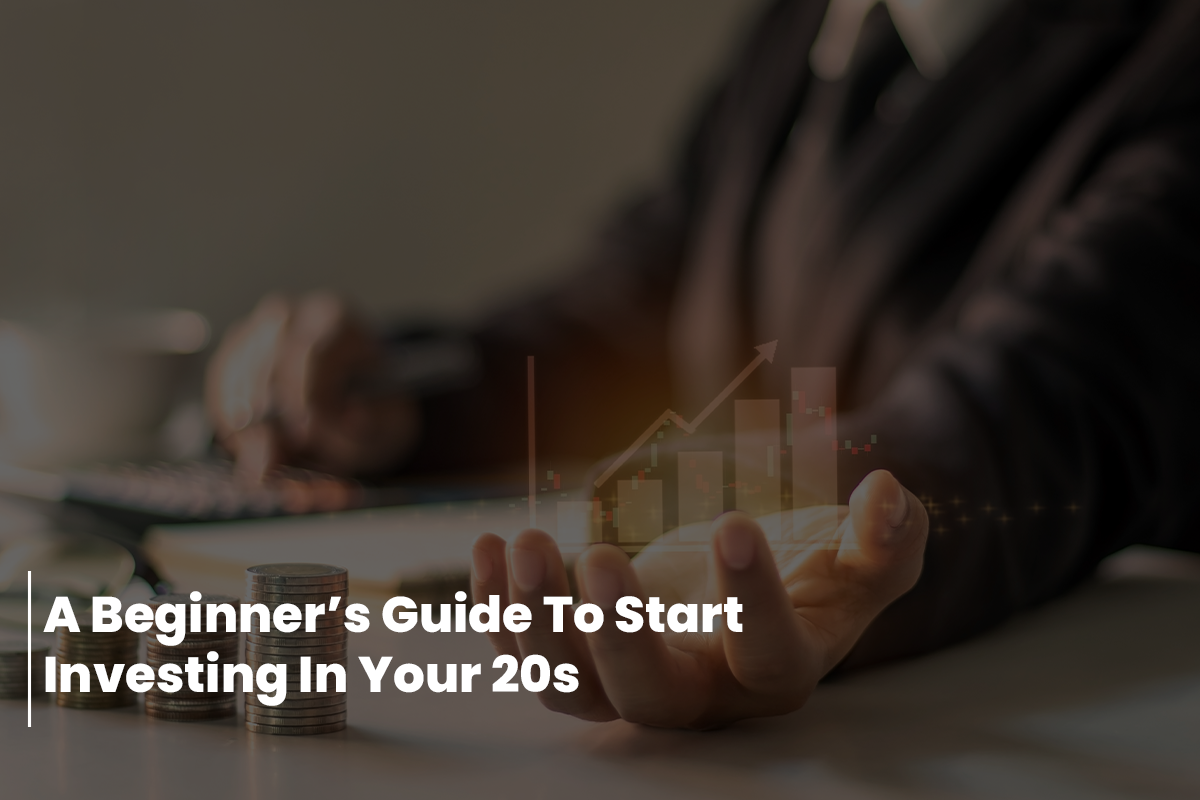Step 1: Understand How Much You Can Save From Your Salary
Step 2: Split Your Savings Into Short-Term And Long-Term Investments
You need to split your savings into the short, mid, and long term.
1. Short-Term Investment (1-3 years)
While short-term investments can contain a significant amount of risk, they can be valuable in a portfolio. This money can be invested again and increased, increasing the portfolio’s overall worth. This money can be used to create emergency funds, fulfill your wants, desires, and leisure exp, and keep ~3 months of salary as emergency funds.
Invest this money in:
- Debt funds that invest primarily in instruments used on the money market are known as liquid funds. Open-ended debt mutual funds, known as liquid funds, invest in debt and fixed-income securities with maturities of up to 91 days.
- Banks and NBFCs offer a financial product called a short-term fixed deposit. They additionally exhort consumers to make deposits and get competitive short-term FD rates. The advantage of depositing money in an FD is that it will pay you better rates than a savings account. The FD can last anywhere between seven days and ten years.
2. Mid To Long-Term Investment (4 – 10 years):
Invest the remaining here into 75% equity (100- age rule) investment via equity mutual funds (direct plans) and do SIPs. High-risk takers can go for more investment in mid and small-cap. Low-risk takers can go for more large-cap funds. The average risk taker can invest in an equal of a mix of large, mid, or small-cap funds as:
- You need to have 25% debt.
- Long term FD
A long-term fixed deposit is a type of deposit account where the investment period is five years or more, ten years or more.
- Bonds Investment in bonds funds
Governments or businesses utilize bonds, commonly referred to as fixed-income instruments, to raise money by borrowing from investors.
Step 3: Increase Your Savings At The Same Rate As And When Your Salary Increases
To calculate the potential for savings, you must perform cash flow planning. As salary is a set inflow, it is the financial withdrawals and personal finance at a young age that must be planned in order to determine how much may be saved. Increase your savings rate as much as you can in the next two years before getting married. Additionally, you could require money for your own wedding, so you should arrange your investments accordingly.
It’s tempting to utilize a raise, incentive, or bonus to treat yourself whenever you receive one. Lifestyle creep a genuine thing! Isn’t it? You don’t necessarily have to spend more just because you earn more! Resist the wish to spend it and immediately begin saving the additional money.
Your current savings and investing plan may make you feel quite secure, and that is excellent. But the goal of investing more when your income increases are not just to ensure that you will have enough money in the future; it is also to help you develop self-control and the ability to decide where and when to spend your money.
Having more money increases the incentive to spend more, regardless of whether we need to. It’s in our nature to desire more when we have the resources to do so. Getting a raise has the added benefit of allowing you to set new financial objectives or targets. Use the extra money to further your current ambitions while also pursuing new ones. This will make it possible for you to establish new goals and attain them without breaking the bank.
Step 4: Review Your Portfolio And Make Changes In Investments As Needed
After some years of investments (say 5-10 years), you can make major changes in your portfolio to accommodate the following:
Plan Your Home Purchase And Make Way For EMI And Down Payment:
A home purchase is not a wrong investment if the total investment is as per your budget. A down payment on a house loan is a one-time payment paid by the borrower to the lending company (banking or non-banking financial institution offering a home loan). In accordance with RBI regulations, lending institutions in India are only permitted to offer home loans for up to 80% of the value of the subject property; the remaining 20% must be secured by the borrower independently.
Consider Investing In Other Asset Classes Like Gold / Precious Metals To Diversify
Gold and silver have long been acknowledged as precious metals and were highly prized by prehistoric societies. In today’s market, precious metals still have a place in the portfolio of an astute investor. Precious metals investments have various advantages over stock investments, including being an inflation hedge, having intrinsic value, being free of credit risk, having a high level of liquidity, adding diversification to a portfolio, and convenience of purchase.
Buying A Car For Leisure (Will Be Needed At Some Point In Life) Or Future Vacations
The private automobile has changed modern civilization for more than a century by enabling independence and freedom of movement. Due to the growing distances between places like home, work, educational institutions, shopping malls, and leisure activities, mobility is becoming more and more crucial. Recognizing the value of conserving money doesn’t mean you can’t occasionally spend money on things for entertainment, leisure, celebrations, or just for pleasure. But make sure to include the odd amenity in your spending plan.
Increase Your Investment In Debt And Decrease Your Investment In Equity As You Grow Old (Can Do This Rebalancing Once In Every 10 Years)
You should have a specific portion of your investment portfolio in debt and a certain portion in equity. This ratio should remain constant for many years and should only be altered when your personal circumstances change. It should begin when you start working and saving, then perhaps when you get married and have children. Then, possibly when your children are teenagers, a few years prior to retirement, and a few years following retirement.
How To Become A Successful Investor
Disciplined investments and patience are pillars of becoming a successful investor. You need to follow the following steps to become a successful person:
Stay Invested And Do Your Regular Monthly SIPs
The Systematic Investment Plan, or SIP, enables you to invest a small amount on a recurring basis in your favorite mutual fund plan. By turning on a SIP, a certain sum is automatically taken out of your bank account each month and invested in the mutual fund of your choice.
The “Save First, Spend Next” idea is the core of the SIP concept. Instead of making a large commitment all at once, you can use SIP to make smaller investments at regular intervals (weekly, monthly, or quarterly).
With as little as Rs. 100, you can begin a SIP to invest in mutual funds. When you get more familiar with what mutual funds are capable of, you can gradually increase your monthly SIPs.
You would become more financially disciplined if you invested through a SIP. You can avoid the headache of manually investing each month if you choose automated payments.
Don’t Discontinue Your SIPs Even In a Falling Market
It is normal to feel nervous when your money decreases in value, but one should continue investing in stocks even when the market is down. The prolonged recession is not the time to bail out; rather, it is a new chance to increase your earnings.
SIPs should continue whether the market is in an upswing or a downswing, regardless of how it is currently performing. In actuality, the market falling should make everyone in the accumulation phase delighted. A market decline will result in a reduced net asset value (NAV) for your equity fund, which forces you, as an investor, to buy more units. It is comparable to purchasing something at a lower cost knowing that its worth will rise in the future.



